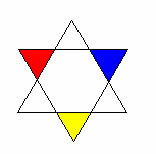O Fauvism (or Fovism) was a heterogeneous artistic movement associated with painting and had its origins in France at the beginning of the 20th century. This trend developed between the years 1905 and 1907.
The main characteristic of this movement was the use of pure color, without mixtures, in order to define, give volume, relief and perspective to the works.
History of Fauvism
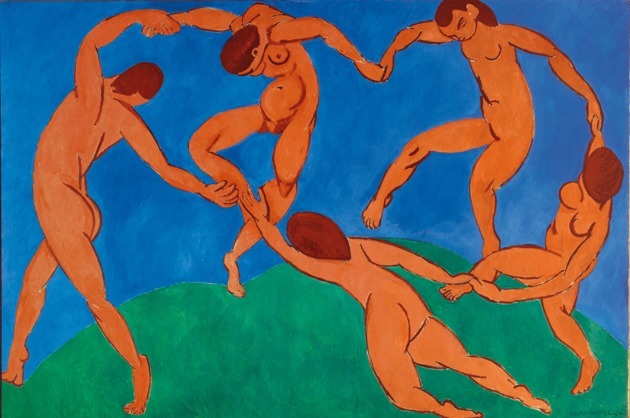
Fauvism began in 1901, in France. However, he was only recognized as an artistic current in 1905.
At that time, the artists who made up the movement made their first public appearance at the "Salon de Autumn" in Paris. The following year, in 1906, they organized an exhibition at the "Salão dos Independentes".
It was precisely on this occasion that the group received the name they fauves, French expression meaning “the beasts”.
The artists were called "beasts", or "savages", by renowned art critic Louis Vauxcelles (1870-1943), when he tried to describe the sensation caused by observing a single classical work surrounded by Fauve paintings.
Fauvist art seeks to take the human being to his natural state through a primitivist aesthetic, such as the state of purity of children's creations. These features are also present in the call Naive art.
The artists of this movement were not concerned with aspects of composition in painting, but with the expressive qualities that personal interpretation could bring about.
Without fear of questioning the traditional canons, this style of painting was constituted as an art of balance, purity, the glorification of instincts and vital sensations. All of this, constituted by the impetuous visual impressions of the artists on their canvases.
Furthermore, Fauvism avoided the most depressing themes. It also relegated aspects such as form and content to the background. In addition, it sought to represent light and happy subjects, without political or critical connotations.
Main Characteristics of Fauvism
Among the most striking features of the Fauvist movement, the following stand out:
- use of pure colors;
- arbitrary use of color;
- simplification of forms;
- non-commitment to faithful representation of reality;
- influence of primitivist art;
- influence of post-impressionist art.

There was a predominance of the use of strong and vibrant colors (purple, green, yellow, blue and red), used arbitrarily and without correspondence with reality.
These colors, always in their pure state, simplified the forms. Thus, they delimited and modeled the volume, through a weak or non-existent gradation of color hues.
Another important aspect is the wide and spontaneous brushstrokes, with which the Fauve artists defined the planes and created a sensation of depth.
Main Artists and Works of Fauvism
Fauvism was not a cohesive and organized artistic current, but brought together artists who shared common characteristics in paintings during that period.
Among the names that influenced the movement are van gogh (1853-1890) and Paul Gauguin (1848-1903).
With their strong brushstrokes, vibrant and emotional colors, or even with the synthesizing primitivism of nature, both contributed to this aspect of art.
However, the main Fauve artists were:
Henri Matisse (1869-1954)

Paul Cezanne (1839-1906)
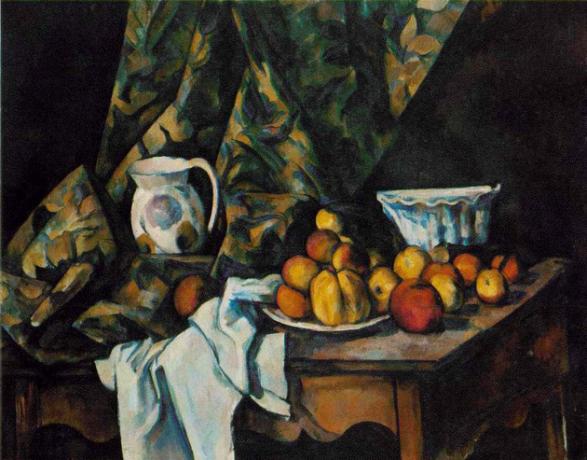
Georges Braque (1882-1963)
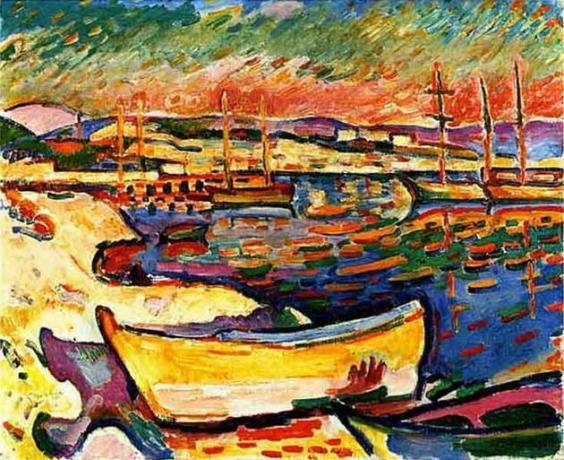
Albert Marquet (1875-1947)

Andre Derain (1880-1954)

Jean Puy (1876-1960)

Kees Van Dongen (1877-1968)
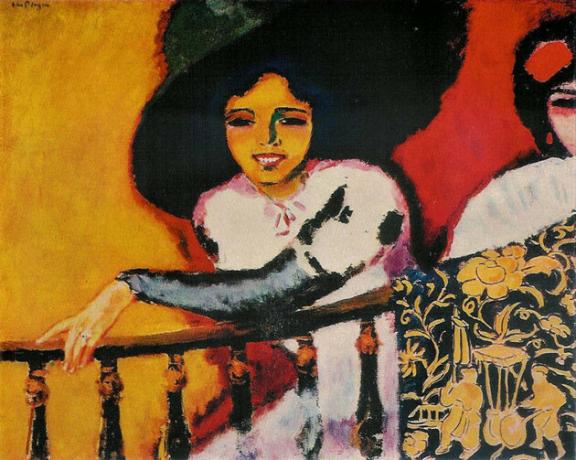
Maurice de Vlaminck (1876-1958)

Raoul Dufy (1877-1953)
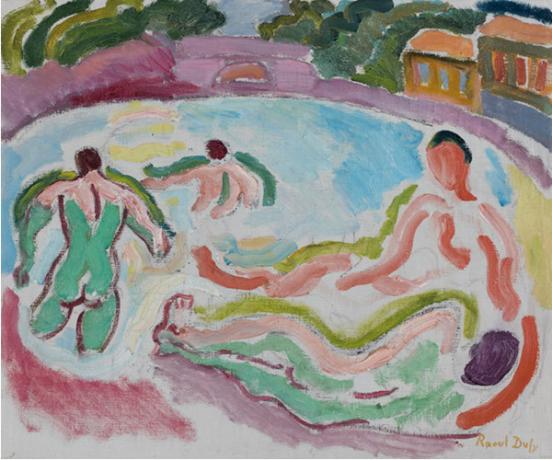
Also check out this selection of questions that we have separated for you to test your knowledge: Exercises on European Vanguards.
To learn about other aspects of art, read:
- Impressionism
- Expressionism
- Surrealism
- Cubism
- futurism
- Dadaism

